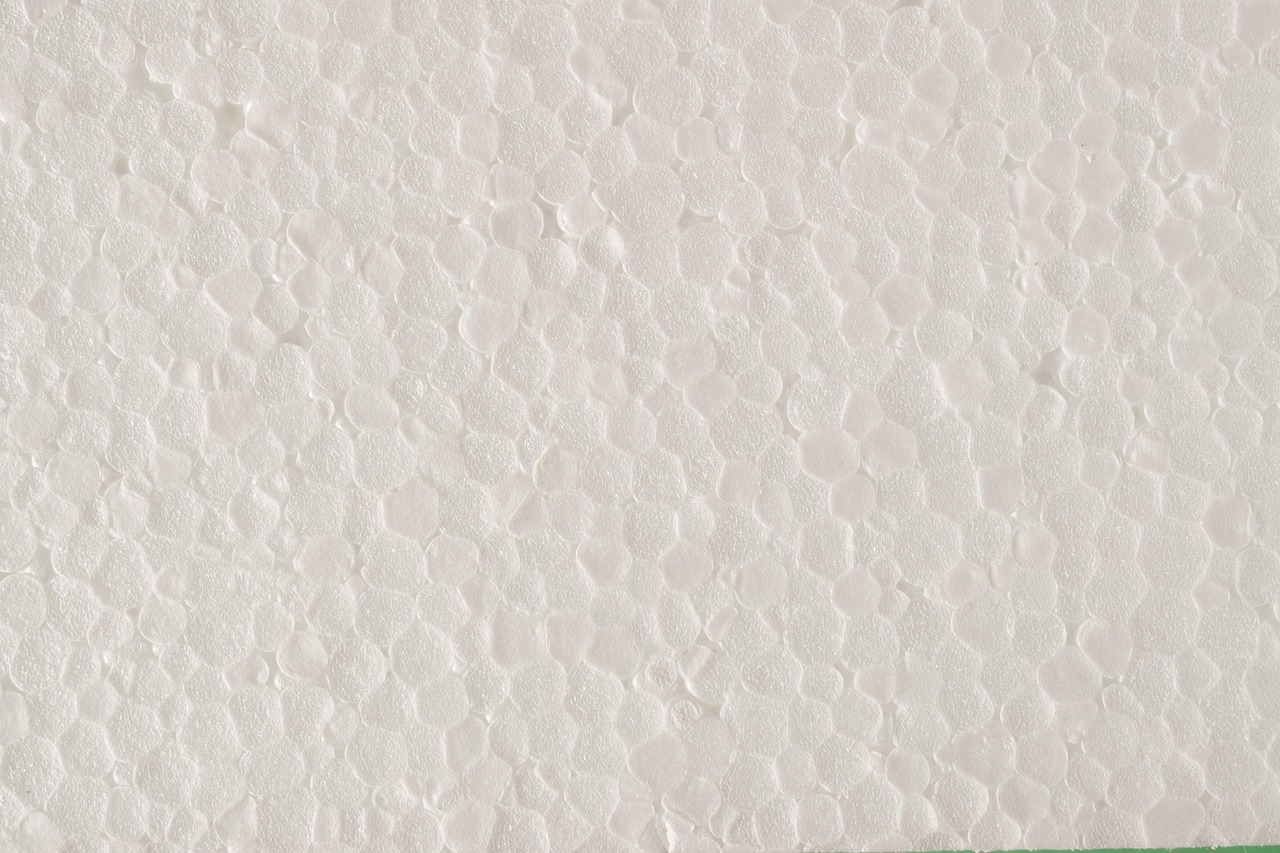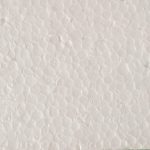EPS insulation offers a lightweight, cost-effective way to boost energy efficiency across walls, roofs, and floors. Its excellent thermal performance, durability, and versatility make it ideal for both residential and commercial projects. Understanding the range of EPS types and installation methods helps you make informed choices that maximize savings and comfort while ensuring compliance with building standards.
Comprehensive Overview of EPS Insulation and Its Uses
EPS Insulation is a lightweight, rigid foam material made from expanded solid polystyrene beads, offering excellent thermal properties. Its primary advantages include high thermal efficiency, affordability, and ease of handling. Typical applications span walls, floors, roofs, cold stores, and packaging.
Also to see : How Can You Transform Your Home into a Cozy Haven with Simple Changes?
EPS boards are easy to install, often cut to size, and compatible with diverse building requirements. For example, EPS insulation 75mm and EPS insulation 50mm are common thicknesses, providing adaptable solutions for different climates and building types. They excel in reducing heat transfer, which leads to lower energy costs and improved comfort.
EPS insulation’s durability and waterproof qualities make it suitable for external wall insulation solutions and foundation applications. Its low moisture absorption and resistance to pests help maintain long-term performance.
Also to see : How Does Home Decor Influence Your Mood in the UK?
Properties and Benefits of EPS Insulation Materials
Expanded polystyrene material stands out for its reliable thermal insulation properties, helping to reduce heat loss in buildings and deliver impressive energy efficient insulation over the long term. Its closed-cell structure contributes to a high R-value, which means optimal thermal resistance ratings even with thinner layers this is especially noticeable with 50mm thickness insulation boards compared to alternatives.
One of the significant foam insulation benefits is its moisture resistance. Whether used as insulation for walls or as part of floor insulation techniques, these lightweight insulation materials maintain performance in humid environments and resist mold. The properties of closed-cell foam also allow rigid foam insulation panels to last for decades with minimal degradation, supporting durable insulation for new build homes as well as retrofit insulation solutions.
Installation process for foam boards is straightforward expanded polystyrene material is easy to cut, shape, and position in cavity wall insulation methods or exterior wall insulation solutions. A variety of insulation board thickness options including 100mm thickness insulation boards and bead-based insulation systems enable flexibility for insulating foundation floors, external walls, and even insulating basements and crawl spaces.
Furthermore, eco-friendly insulation options are now available. Many EPS panels are produced using recycled content, supporting the recycling expanded polystyrene process and lowering the environmental impact of insulation materials, all while offering enhanced energy efficiency for buildings.
Lastly, fire retardant properties in modern EPS insulation boards ensure compliance with fire safety regulations compliance, addressing concerns about flame spread and helping to create safer living and working environments.
Types, Applications, and Installation Methods of EPS Insulation
Different Grades and Sizes of EPS Boards
Expanded polystyrene material is available in multiple grades and densities, each suited to unique thermal insulation properties and compressive strength of insulation boards. Grades like EPS1 through EPS25 meet differing load and insulation requirements. The most common insulation board thickness options include 50mm thickness insulation boards and 100mm thickness insulation boards, valued for robust floor insulation techniques and versatile insulation applications.
EPS boards come in a variety of standard sheet sizes and pack combinations, making them an optimal choice for both large projects and residential insulation upgrades. Using pre-cut dimensions helps ensure the installation process for foam boards is smooth, especially for insulating external walls or installing energy efficient insulation in floors and roofs.
Installation Techniques and Best Practices
For enhanced energy efficiency for buildings, preparation and correct integration of insulation for walls is essential. Success begins with proper cutting and shaping foam insulation so every expanded polystyrene material board fits tightly—gaps invite heat loss. Adhesion generally uses compatible adhesives, with mechanical fixing or foam insulation adhesives for secure placement. Sealing around penetrations and maintaining vapor barrier use with foam boards guard against moisture resistance in insulation failures.
Expansion gaps and foam insulation for structural insulated panels are crucial to account for structural movement, preserving the long-term insulation performance and integrity. Avoiding common insulation installation mistakes will maximize the R-value of EPS products throughout their lifespan.
Specific Application Areas and Performance Ratings
EPS’s thermal insulation properties shine in a range of scenarios: from cavity wall insulation methods using bead-based insulation systems to insulating external walls or roof decks with rigid foam insulation panels. In floor insulation techniques, especially under slabs or crawl spaces, 100mm thickness insulation boards support heavy loads. For insulating cavity walls with beads, the bead-based systems adapt to existing structures, supporting moisture resistance in insulation and thermal resistance ratings.
Choosing the right insulation board thickness options and ensuring a proper installation process for foam boards play a direct role in reducing heat loss in buildings. The compressive strength of insulation boards makes expanded polystyrene material a reliable solution for contemporary, energy efficient insulation needs in both new builds and retrofit insulation solutions.
Practical Advantages of EPS Insulation: Performance and Efficiency
Precision: Expanded polystyrene material delivers reliable thermal insulation properties, minimizing heat loss and supporting energy efficient insulation strategies for buildings of all types. It exhibits a thermal resistance rating (R-value) that makes it compatible with strict insulation standards and certifications. This makes EPS a practical choice for both retrofits and new builds.
The bead-based insulation systems used in expanded polystyrene material boards mean better coverage for both cavity wall insulation methods and exterior wall insulation solutions. These foam insulation benefits include low moisture absorption, essential for preventing condensation and maintaining long-term insulation performance in both wall and floor insulation techniques.
Durability is a key property: the lightweight insulation materials continue performing as thermal barriers for decades, given proper installation process for foam boards. Options like EPS insulation board 50mm or 100mm thickness insulation boards allow tailoring insulation board thickness options for each project, improving energy savings by reducing heat transfer and air infiltration.
Expanded polystyrene material is also eco-friendly. The environmental impact of insulation materials is reduced due to the recyclability of EPS, and the bead-based insulation system means less waste. This mix of practicality, cost-effectiveness of foam boards, and a low carbon footprint distinguishes EPS as a trusted solution in the industry.








